DirAct
Proximity interaction detection software for Bluetooth beacons

The TL;DR (Too Long; Didn't Read)
Learn how DirAct detects real-time proximity interactions, and why.
- Why interactions?
- In many use cases, knowing who is interacting with who (or what) is superior to knowing where exactly they are.
- Why beacons?
- Bluetooth beacons are cost-effective radio transceivers. Many third-party beacons can be programmed with DirAct.
- Any infrastructure?
- Yes, one or more Bluetooth receivers must be in range (~10m) to decode and process the DirAct transmissions.
How DirAct works
DirAct observes what's in proximity and advertises this data for any device in range to interpret
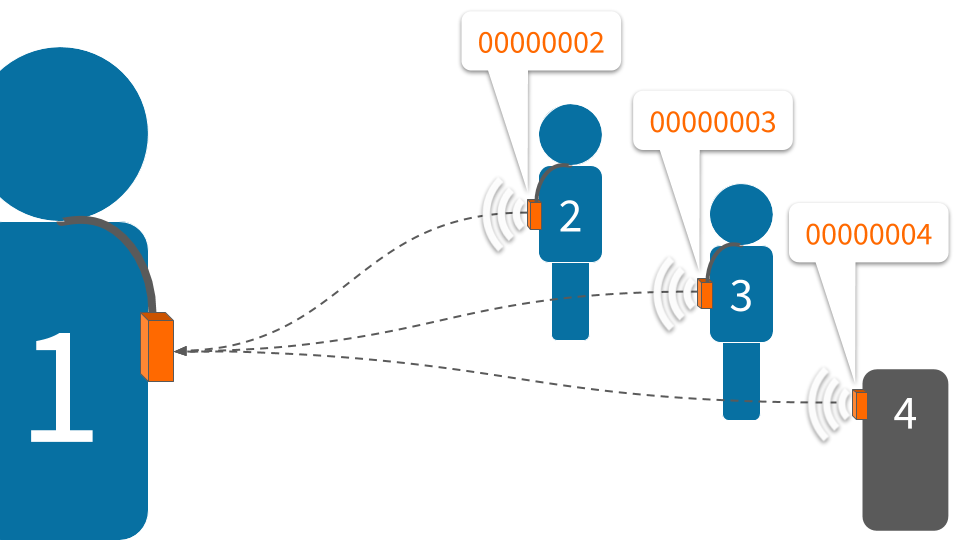
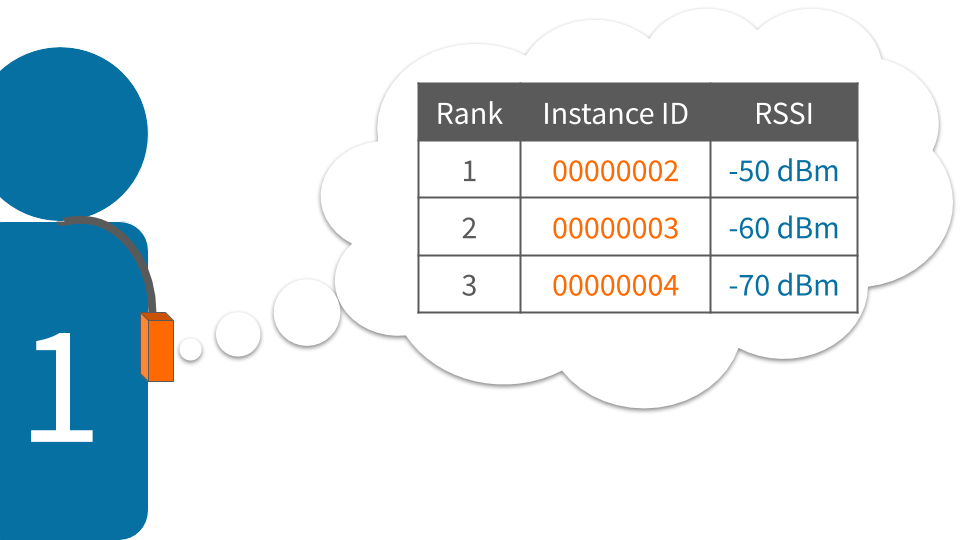
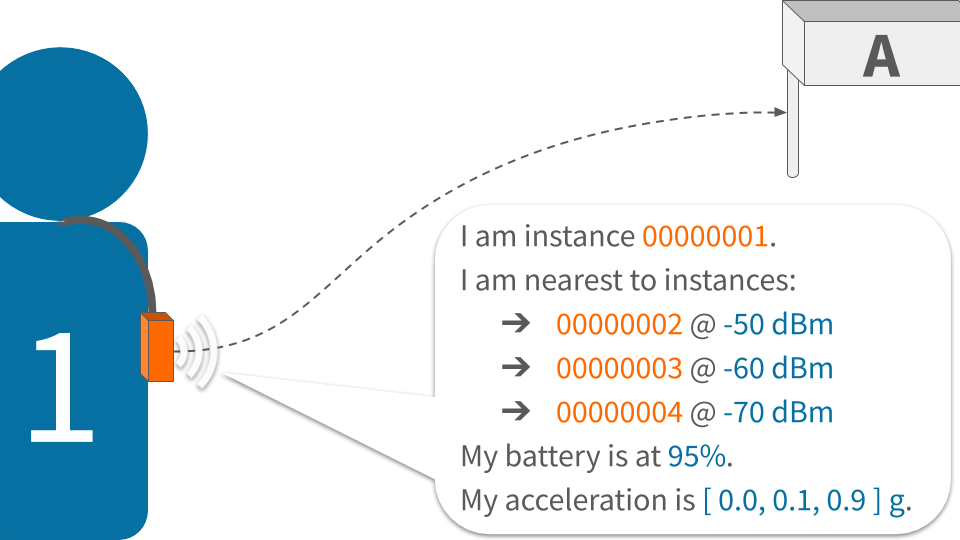
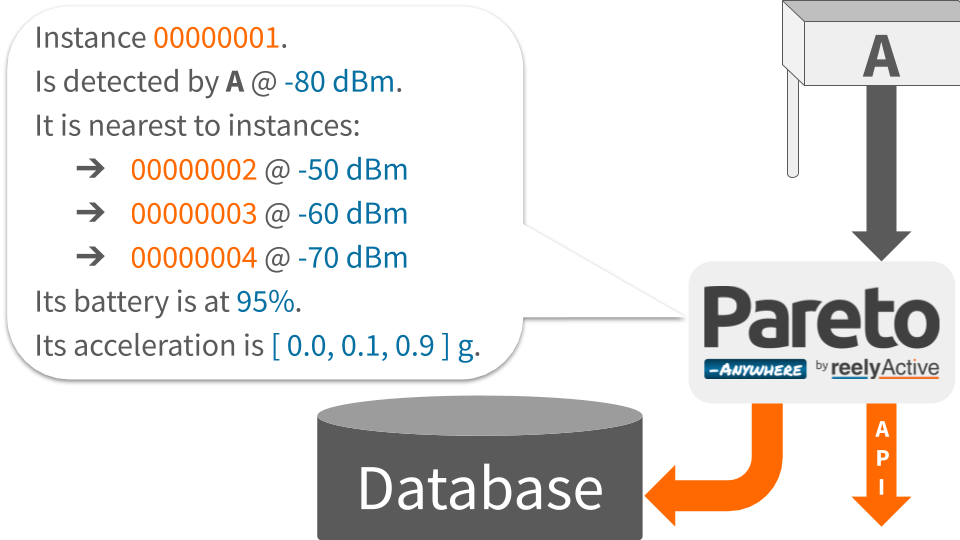
DirAct-capable devices
DirAct can run on standard battery-powered beacons and other Bluetooth Low Energy devices
Open source, MIT-licensed versions of the DirAct software written in JavaScript are maintained for Espruino devices, and are available on our GitHub at github.com/reelyactive/diract.
The following tutorials provide step-by-step instructions to program devices with DirAct software:
-

-
Puck.js Development Guide
Program the open smart button with DirAct or other embedded software.
-

-
Bangle.js Development Guide
Program the open smartwatch with DirAct or other embedded software.
DirAct has been successfully ported to mass-produced beacons, such as the Minew E8, based on the same popular nRF52 chipset used by Espruino devices.
DirAct-compatible middleware
DirAct is tightly integrated with Pareto Anywhere open source middleware
The following tutorials provide step-by-step instructions to install and run Pareto Anywhere:
-

-
Run Pareto Anywhere on a PC
Install and run Pareto Anywhere on a personal computer to make any physical space context-aware.
-

-
Run Pareto Anywhere on a Pi
Install and run Pareto Anywhere on a Raspberry Pi to make any physical space context-aware.
For a lightweight software implementation see /diract-digester.
Getting the physics off our chest
Never (p)underestimate the importance of location, location, location!
Anyone who has attempted precise ranging or real-time location using only the signal strength of Bluetooth (or other 2.4GHz signals) should question the effectiveness of this approach. That is because 2.4GHz signals are attenuated by water, which makes up over half of the human body. In other words:
Depending on where a transceiver is worn on the human body will greatly affect the signal strength of packets transmitted to, or received from, devices in proximity.
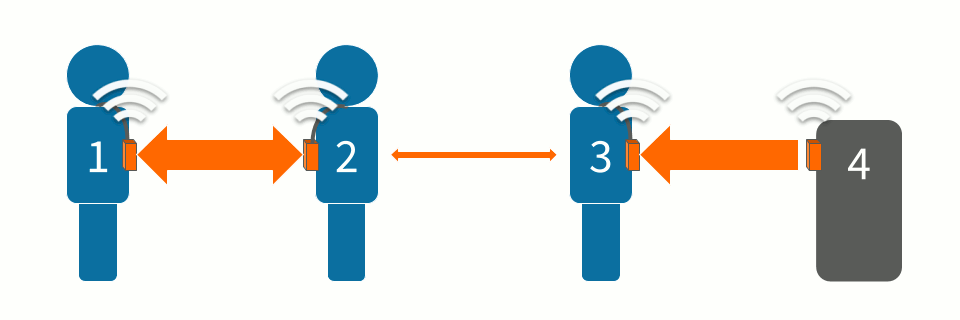
DirAct (which is derived from Directed interAction) takes advantage of the attenuating effect of the human body when it is implemented as a chest-worn badge. In this case, face-to-face interactions are clearly distinguished by relative signal strength alone.
DirAct specification
The implementation of DirAct
The DirAct specification includes a definition of each DirAct frame. A single DirAct frame may reside in the payload of a BLE advertising packet. Observing the DirAct frame specification ensures that any device which receives such a packet may correctly interpret its semantics.
DirAct proximity frame structure
The DirAct proximity frame is structured as follows. Each of the nearest elements is optional, meaning that the frame length may be 9, 14, 19 or 24 bytes depending on the number of compatible devices detected in proximity.
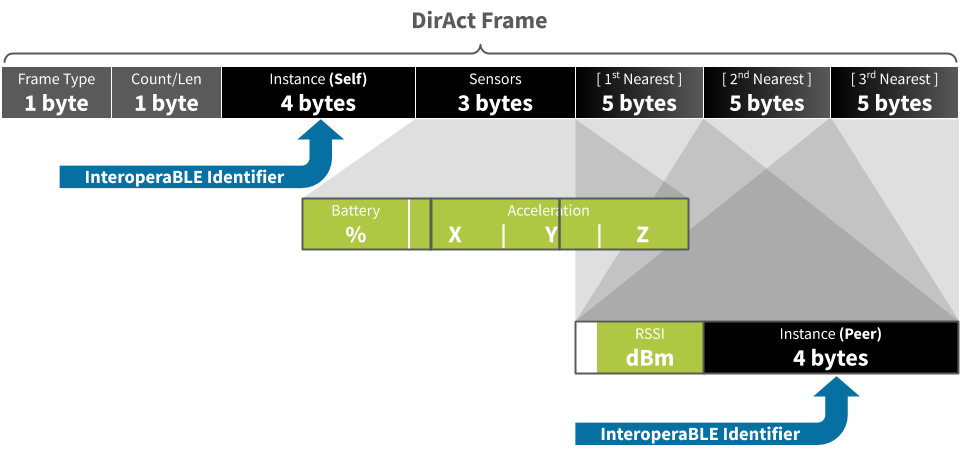
DirAct digest frame structure
The DirAct digest frame shall be documented here in the near future.
DirAct logo
The DirAct logo is a trademark of reelyActive


Where to next?
Continue exploring our open architecture and all its applications.
-

-
Browse the code on GitHub
Explore the open source implementations of DirAct for Espruino devices.
-

-
InteroperaBLE Identifier
The open specification used for DirAct device identification.
-

-
Contact Tracing Architectures
An open reference compiled in 2020 during the COVID-19 pandemic.
-

-
reelyActive Developers
Browse all developer documentation and tutorials.
-

-
reelyActive
Let's put things in context, one space at a time.